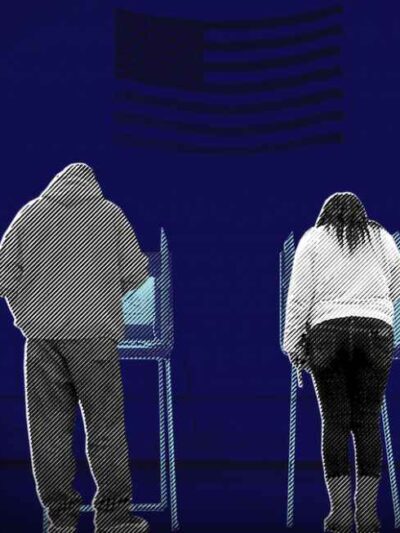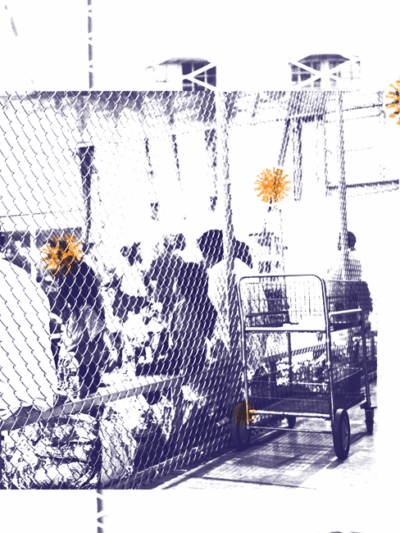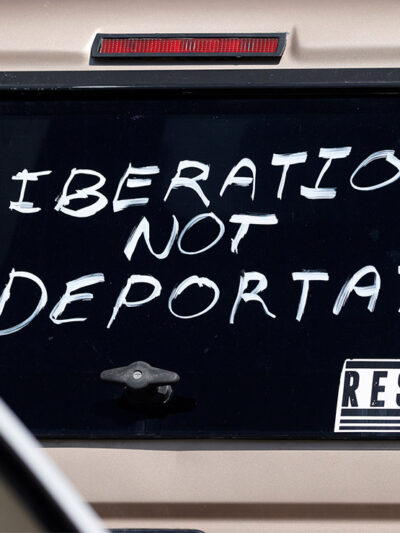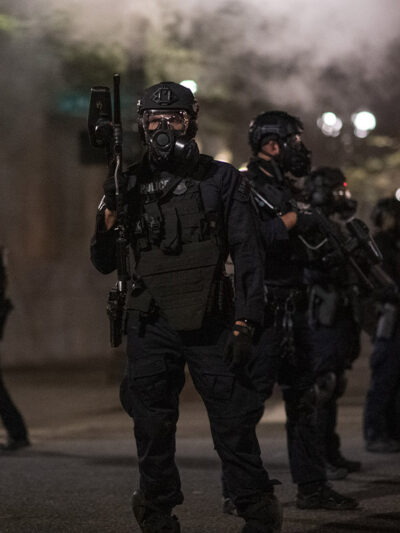News & Commentary
Sep 23, 2020
Remembering an Icon
Ginsburg’s work created ripple effects across the world, inspiring activists and action in the fight for gender relations far beyond the U.S. She was a world-wide icon for dignity, justice, and equality.
By Janna Farley

Sep 21, 2020
Get to Know Your County Clerk
This elected official holds the power to inform and educate voters in their respective counties on upcoming elections, their rights as voters, and more. Get to know them!

Sep 15, 2020
COVID Behind Bars: As Numbers Rise, Wyoming Needs to Take Action
Mass incarceration was a major public health crisis before the outbreak of COVID-19. But this pandemic has pushed it past the breaking point.
By Antonio Serrano, Antonio Serrano

Sep 14, 2020
Get Out the Vote, Wyoming!
Voting is paramount to a healthy democracy, but it’s only effective if we take the time to make our voices heard at the ballot box or absentee.
By Antonio Serrano, Antonio Serrano

Sep 11, 2020
The Myth of the “Bad” Immigrant
Immigrant communities are often asked to “get right with the law,” but is the law right in the first place? That’s what Alina Das asks in her new book, No Justice in the Shadows. She delves into her experience as the daughter of immigrants, an immigration attorney, and a clinical law professor to explore the intersection of immigration and the criminal justice system.

Sep 01, 2020
The Law Enforcement Violence Trump Won’t Talk About
Day after day, night after night, protesters have been taking to the streets since the police killing of George Floyd.

Sep 01, 2020
Wyoming is Closer Than Ever to Ending the Death Penalty
Together, we can stop this failed, biased, and error riddled tactic.
By Sabrina King

Aug 24, 2020
What’s it Like to be in Immigration Lockup During a Pandemic?
In the 1980s, fewer than 2,000 people were locked up in an immigration detention facility on an average day in America. Since then, that number has skyrocketed, quadrupling from 7,475 to 32,985 people detained by ICE per day between 1995 and 2016. Under the administration of President Donald Trump, the numbers have shot up even higher — at one point last year, a staggering 56,000 people were behind bars each night in an ICE detention facility. When asylum-seekers and other migrants in Customs and Border Protection facilities are included, the total figure rises to nearly 80,000 people detained by the U.S. government per day.This explosive growth of the U.S. immigration detention system tracks the rise of mass incarceration in America, prompted by punitive legislation passed by Congress in the mid-1990s around the same time as the infamous “crime bill,” and later through a massive post-9/11 expansion. Since then, the number of detained immigrants in the U.S. has grown nearly every year under Democratic and Republican administrations alike. Now, it’s a sprawling prison system, with 40 new immigration detention centers opening their doors just since the beginning of the Trump presidency alone. For immigrants caught in this system, life is often a nightmare of rampant medical neglect, overuse of solitary confinement, sexual abuse, excessive use of force, arbitrary transfers to other facilities across the country, unreasonably high bond costs, and long periods spent away from family members and loved ones. The COVID-19 crisis pulled the curtain back once again on the abuse and neglect that is deeply embedded in these detention facilities. While the rest of the country hunkered down in their homes, immigrants in detention have been forced to confront the pandemic in cramped conditions without adequate cleaning protocols or in some cases even basic sanitation supplies like soap. Guards have violently retaliated against immigrants protesting those conditions, and ICE has resisted efforts to secure their release for public health reasons.A combination of lawsuits and public pressure eventually forced ICE to release more than 1,000 people from detention because of concerns over the spread of COVID-19 between mid-March and early May. Legal actions brought by the ACLU have secured the release of more than 450 people so far. But there are still more than 21,000 people in immigration detention — a drop since last year’s high that is largely attributable to a near-total shutdown of the southern border. Whenever a new administration takes office, it will inherit an immigration detention system that has become an out-of-control, wasteful, and cruel behemoth. Drastically reducing the number of people trapped inside that system will be a crucial first step towards establishing a more humane and responsible immigration policy. In recent weeks, the ACLU interviewed a number of immigrants who were released from detention due to concerns over the COVID-19 crisis. They shared the following stories of what it was like to be incarcerated in an immigration detention facility during the pandemic. *Note: interviews have been condensed and edited.

Aug 19, 2020
We the People: Jalissa Fletcher
We the People is a blog series that features the stories of members, supporters, volunteers, and allies of the American Civil Liberties Union of Wyoming. Together we are accomplishing critical work in our state to protect and advance civil liberties across the state and beyond.

Stay Informed
Sign up to be the first to hear about how to take action.
By completing this form, I agree to receive occasional emails per the terms of the ACLU’s privacy statement.
By completing this form, I agree to receive occasional emails per the terms of the ACLU’s privacy statement.
